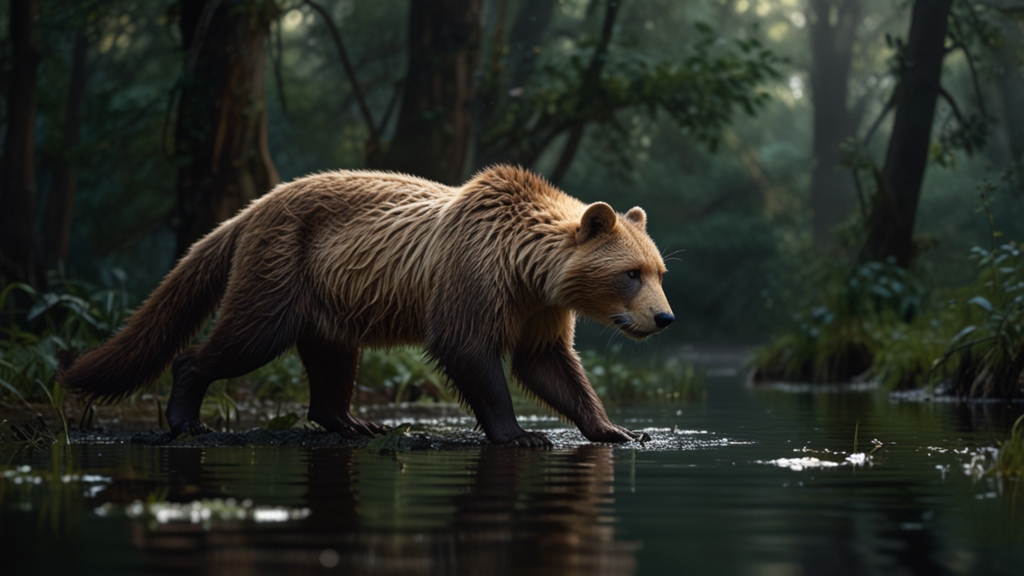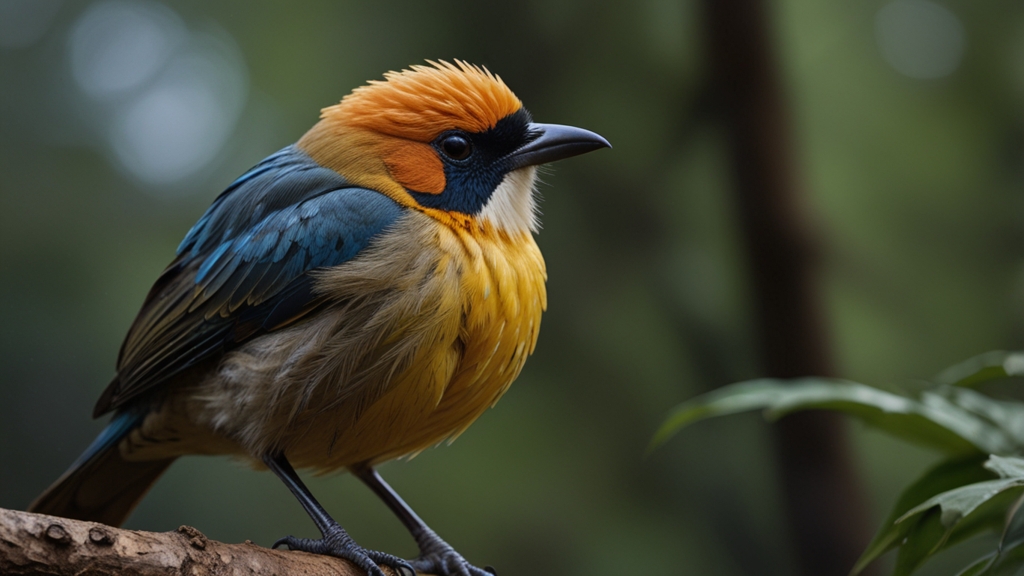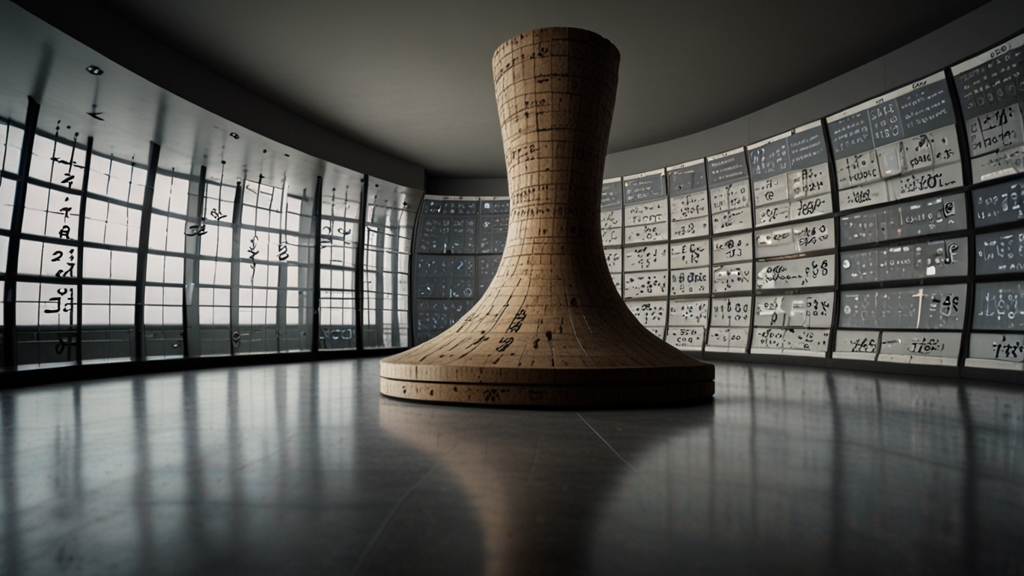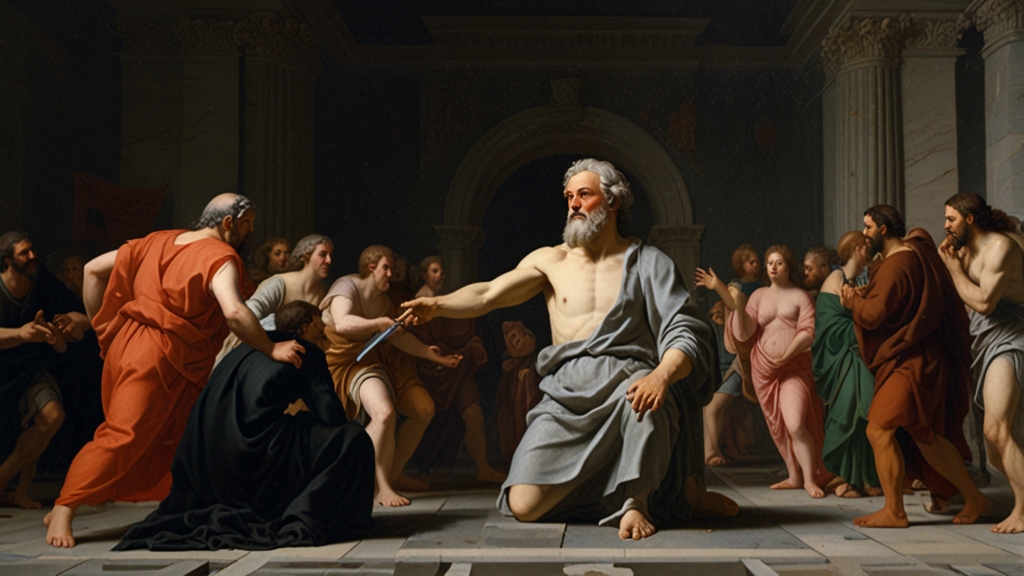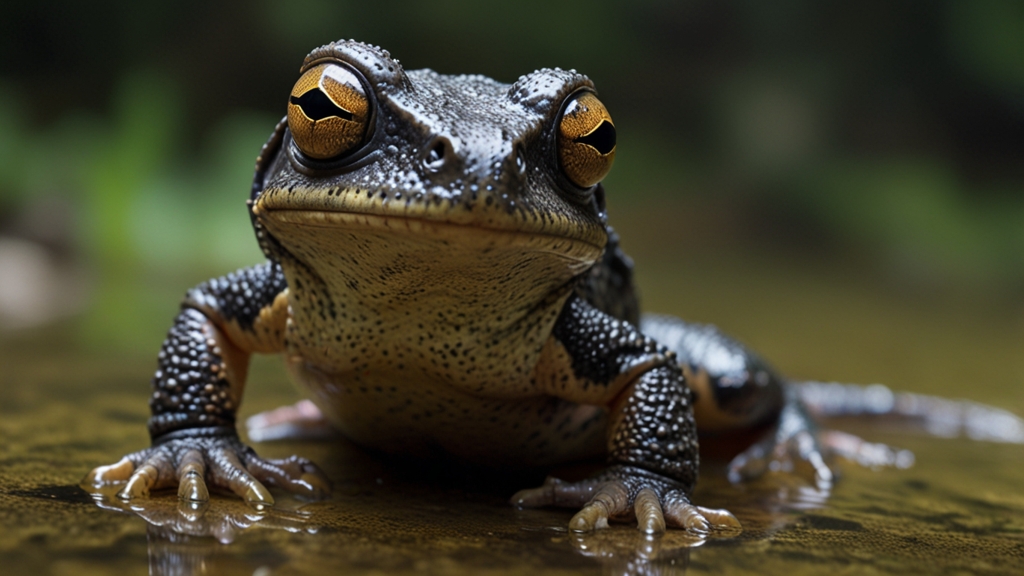Meet the Mammals of Myth: Legends and the Creatures That Inspired Them
Throughout history, humans have woven rich tapestries of myth and legend, populated by an array of fantastical creatures. Among these mythical beings are several mammals, oftentimes inspired by real-world animals. Let us delve into some of these fascinating legends and uncover the real-life mammals that may have inspired them.
The Legend of the Unicorn
One of the most universally recognized mythical creatures is the unicorn, a majestic horse-like being with a single spiraling horn on its forehead. Unicorns have long been symbols of purity, grace, and healing.
"The unicorn, through its intrepid assurance of sovereignty, its grandeur of bearing, and its fiery surge of life, remains unmatched in the annals of fantastic zoology." - Jorge Luis Borges
But what real animals could have inspired the legend of the unicorn? Some historians suggest that ancient sightings of the Indian rhinoceros, with its prominent single horn, might have given rise to these tales. Others believe the oryx, a type of antelope with long, straight horns, could appear as a unicorn from a side view.
Another interesting theory posits that narwhal tusks, which were traded and sold as unicorn horns in medieval Europe, further perpetuated the unicorn myth. These tusks, belonging to a type of Arctic whale, were sometimes carved and presented as proof of unicorns' existence.
The Majestic Griffin
Another iconic creature from myth is the griffin, a majestic beast with the body of a lion and the head and wings of an eagle. Griffins were often seen as symbols of divine power, guarding priceless treasures and sacred sites.
"The Griffin, with its unparalleled hybrid form, signifies the meeting of the earth and sky, making it an extraordinary emblem of duality and power." - Pliny the Elder
The origins of the griffin legend may be rooted in ancient observations of dinosaur fossils. Protoceratops skulls, found in Mongolia's Gobi Desert, resemble the beak and frill of an eagle, leading some scholars to theorize that these fossils inspired the griffin's eagle-lion hybrid imagery.
The association of lions and eagles, both apex predators in their respective realms, further solidified the griffin's formidable reputation. This fascinating blend of traits captivated the imaginations of ancient cultures from Persia to Greece.
The Enigmatic Chupacabra
In more modern folklore, we encounter the terrifying chupacabra, a creature purported to attack livestock, particularly goats, and drain them of their blood. Descriptions of the chupacabra vary, but it is frequently depicted as a reptilian mammal with spines along its back.
The chupacabra legend emerged in the 1990s in Puerto Rico and quickly spread across the Americas. While many dismiss it as purely mythical, some suggest that sightings of this creature can be attributed to wild or feral canines suffering from severe mange. This skin disease can cause such animals to lose their fur, resulting in a ghastly, alien appearance.
Interestingly, the name "chupacabra" translates to "goat-sucker," a term coined following reports of livestock being found with puncture wounds and reportedly exsanguinated. Despite extensive research and investigation, the chupacabra remains an enigmatic figure straddling the line between myth and misunderstood real-world phenomena.
The Mysterious Jackalope
In American folklore, particularly in the Western United States, the jackalope reigns supreme. This mythical mammal is depicted as a jackrabbit with antelope-like horns, and tales of its mischievous nature abound.
"The jackalope, an icon of American tall tales, represents the whimsical intersection of reality and fantasy that defines folklore." - Richard Dorson
Though stories of the jackalope are intended as humorous fabrications, some researchers believe they may be derived from real biological anomalies. Certain rabbits can suffer from a viral infection called Shope papillomavirus, which causes keratinous tumors to grow on their heads, giving them a horned appearance.
These sightings, coupled with cowboy yarns and frontier storytelling, helped cement the jackalope's place in American legend. Today, it endures as a playful symbol of the region's rich folkloric traditions.
Conclusion
The mammalian myths and legends we explore offer a captivating glimpse into how humans interpret the natural world. Whether inspired by real animals, fossil discoveries, or biological anomalies, these mythical creatures bridge the gap between imagination and reality. By examining the potential inspirations behind these legends, we gain a deeper appreciation for the rich tapestry of human storytelling and the enduring magic of myth.
